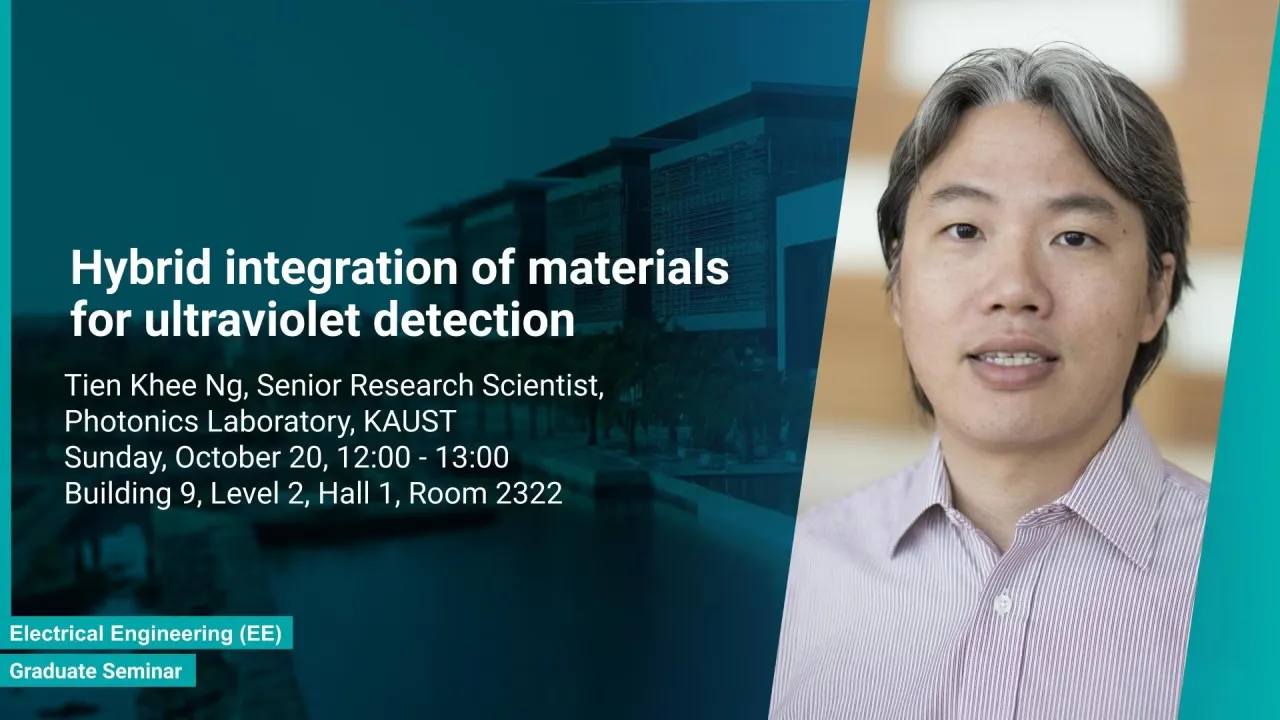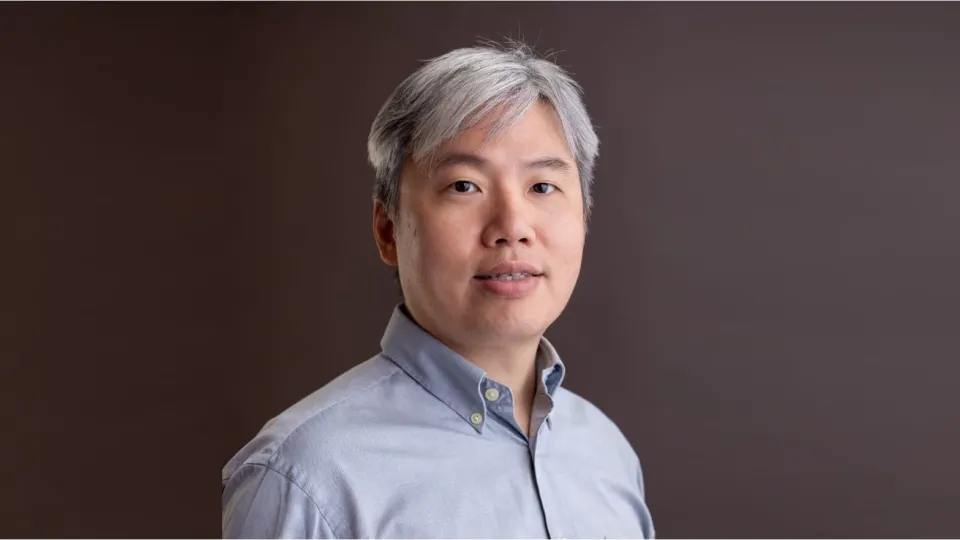
Hybrid integration of materials for ultraviolet detection
B9 L2 H1 R2322
Semiconductors are pervasive in consumer electronics and optoelectronics, and the related optical devices are deemed disruptive that Nobel Prize in Physics in 2014 was awarded to the inventors of blue light-emitting diodes (LEDs), which “has enabled bright and energy-saving white light sources”. While AlInGaN-based lasers and LEDs, and silicon-based photodetectors are currently matured, unconventional usage based on the materials has demonstrated their further potential, including solar-hydrogen generation, indoor-horticulture, and high-speed communication.
Overview
Abstract
Semiconductors are pervasive in consumer electronics and optoelectronics, and the related optical devices are deemed disruptive that Nobel Prize in Physics in 2014 was awarded to the inventors of blue light-emitting diodes (LEDs), which “has enabled bright and energy-saving white light sources”. While AlInGaN-based lasers and LEDs, and silicon-based photodetectors are currently matured, unconventional usage based on the materials has demonstrated their further potential, including solar-hydrogen generation, indoor-horticulture, and high-speed communication. By combining the optical characteristics of robust AlGaInN semiconductor with other materials, and tailor design the components into the desired form and shape, the potential for solving technological challenges in smart cities is boundless. In this talk, we will discuss the materials and components integration to realize applications in ultraviolet detection and optical communication.
Brief Biography
Dr. Tien Khee Ng is currently a senior research scientist with Photonics Laboratory at King Abdullah University of Science and Technology (KAUST), Saudi Arabia. His research primarily focusses on the development of semiconductors and devices for efficient optoelectronic devices, optical communication, and energy harvesting. He is a senior member of IEEE and The Optical Society (OSA), as well as a member of the SPIE and the Institute of Physics.

